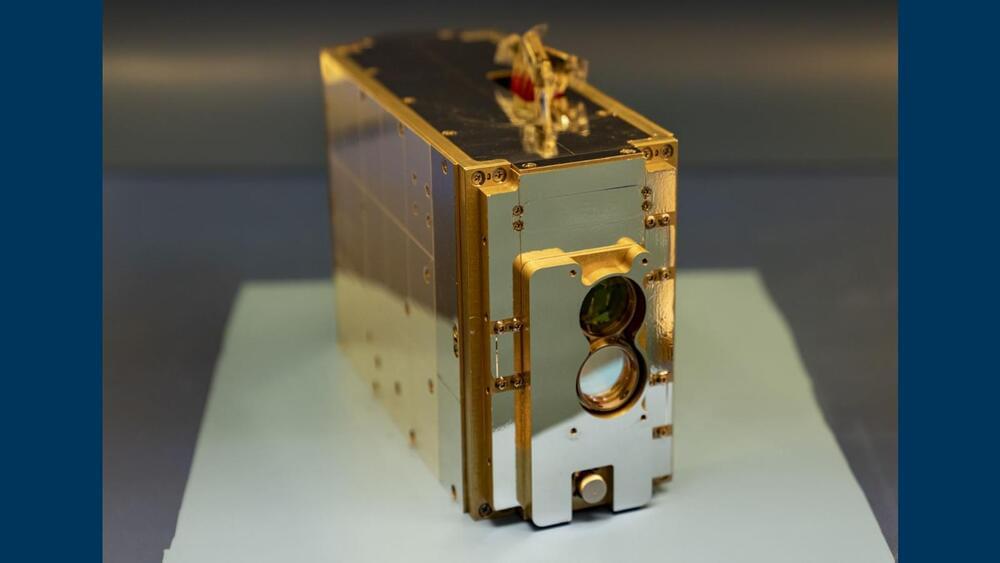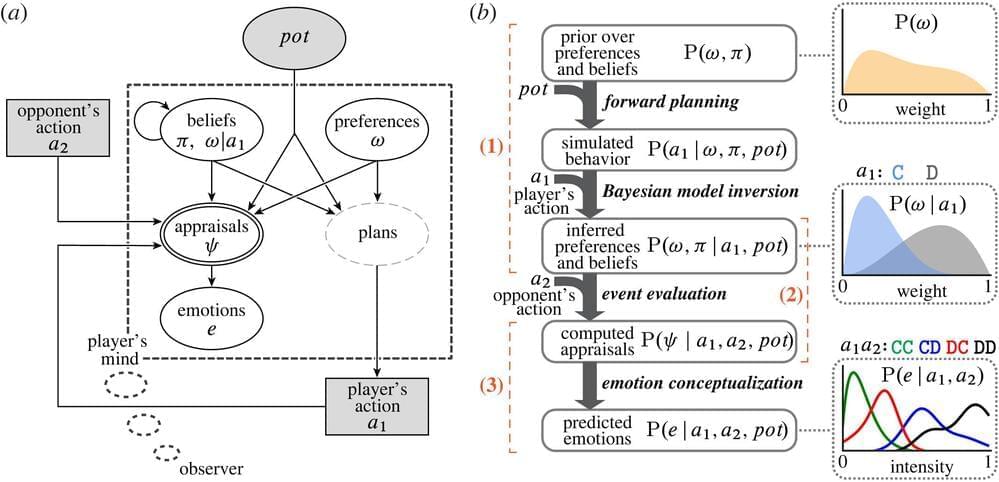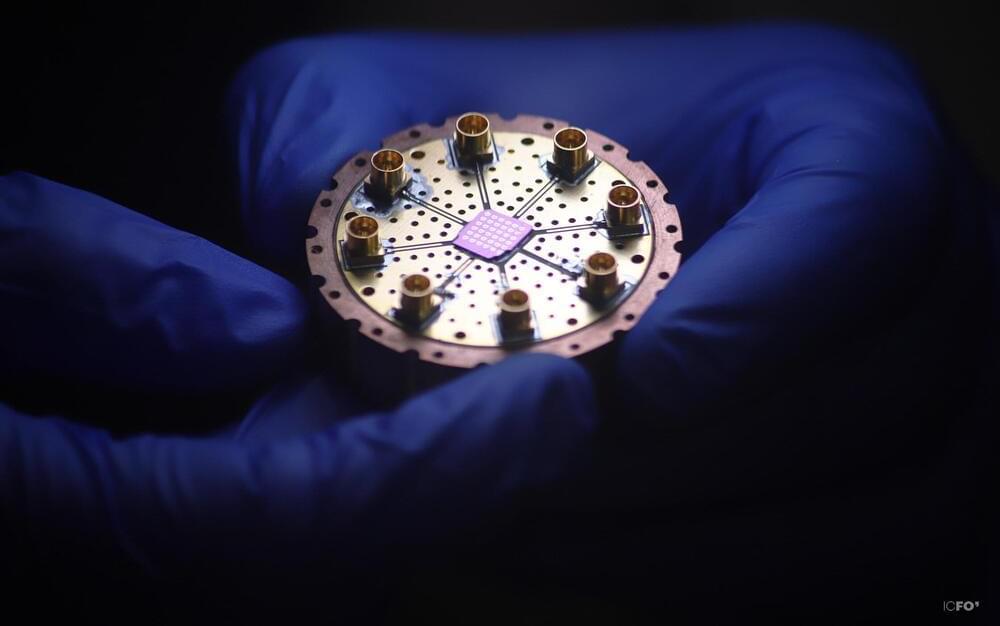Jun 13, 2023
New optical fiber cable transmits at the speed of 17 million internet connections
Posted by Gemechu Taye in categories: computing, mobile phones
It has 19 cores which can each carry a signal and can be adopted without any infrastructure changes.
An international collaboration of researchers has achieved a new speed record after transferring 1.7 petabits of data over 41 miles (67 km) of standard optical fiber cable. That’s the equivalent speed of 17 million broadband internet connections.
Optical fiber cables are a critical component of the modern world of the internet, where they connect data centers, satellite ground stations, mobile phone towers as well as continents to one another.

















